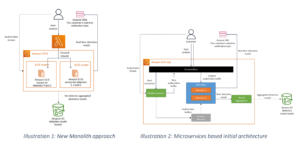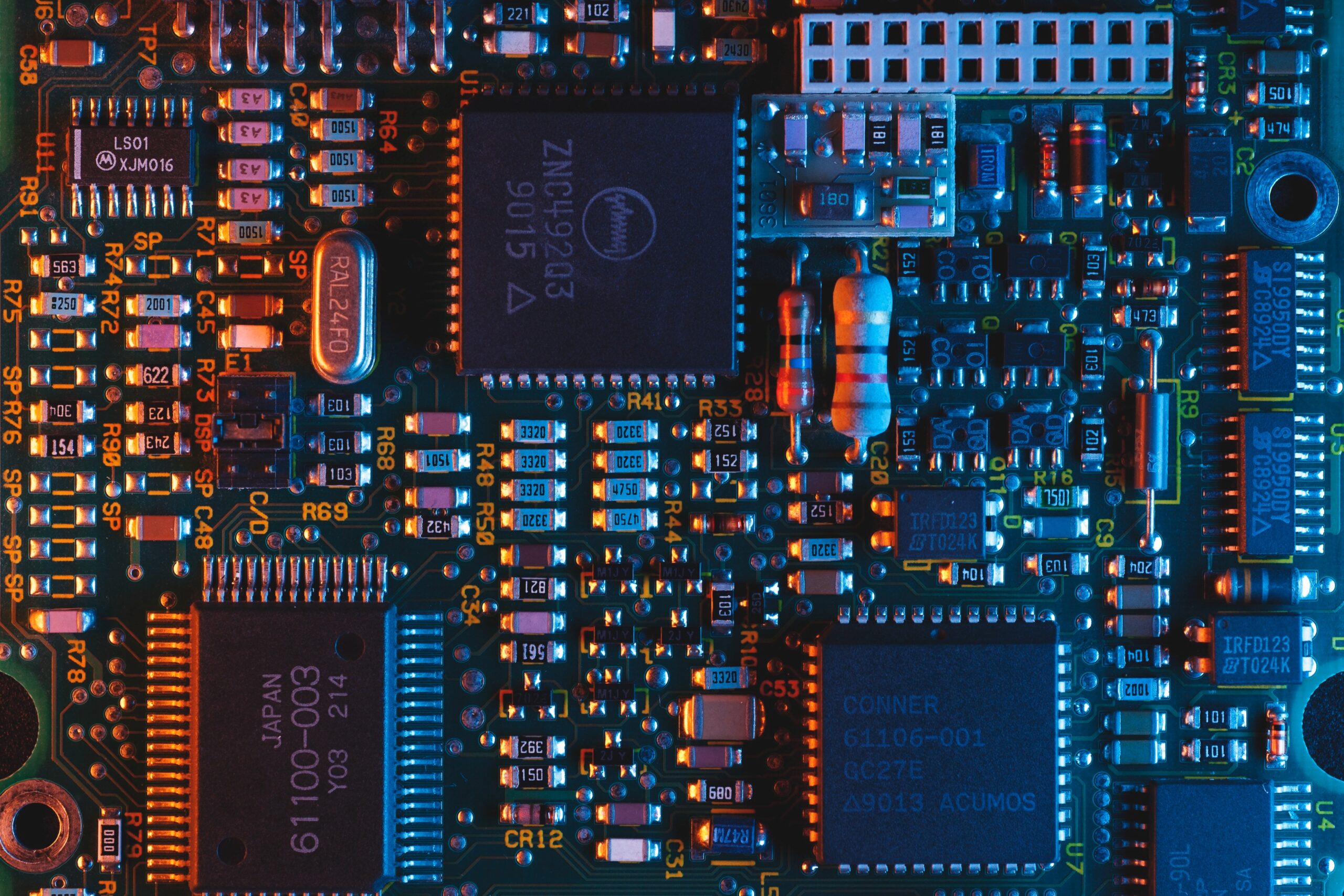In today’s fast evolving technologies, the architecture landscape becomes more demanding regarding ensuring high availability and scalability of services and applications, especially for critical workloads. In that matter, the use of serverless technologies helps meet these increasingly demanding requirements. Microservices architecture has also emerged as a revolutionary alternative to the traditional monolith approach for building applications and became globally considered as a better approach for highly demanding applications.
Should monolith architecture be abandoned and microservices architecture be prioritized and adopted as a first strategy whenever we are able to do it?
In one of the latest posts in Prime Video Tech, the team explained their approach to ensure that customers receive high-quality content by using a tool that monitors every stream. The initial architecture was designed in microservices approach composed of serverless components; but it was too expensive to scale to handle more streams. After the analysis, they decided to bring together all the services in one monolith component which reduced cost by 90% and increased the scaling capabilities by overcoming the limits of the orchestration tool that couldn’t handle the fast state transitions of all the services.
The takeaway from this experience is that microservices and serverless provide high scalability and availability but choosing to use them over monolith must be made on a case by case. Meanwhile, it should be kept in mind that the only way to sort out microservices is by balancing the local complexity of each service and the global complexity of the whole system.
In conclusion, when comparing monolith and microservices architectures, it is crucial to avoid chasing trends and instead make informed decisions based on a full analysis of business requirements. While embracing a serverless-first approach can bring significant benefits, it is equally important to recognize that a serverless only strategy may not be suitable for all scenarios. Finding the right balance between these approaches is key to achieve a well-optimized and future-proofed system.



